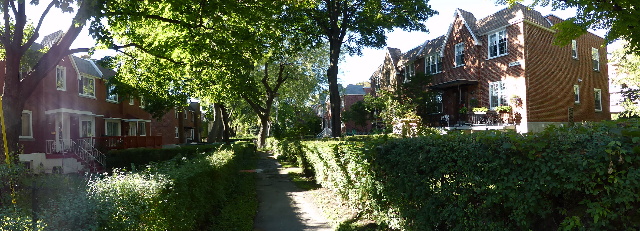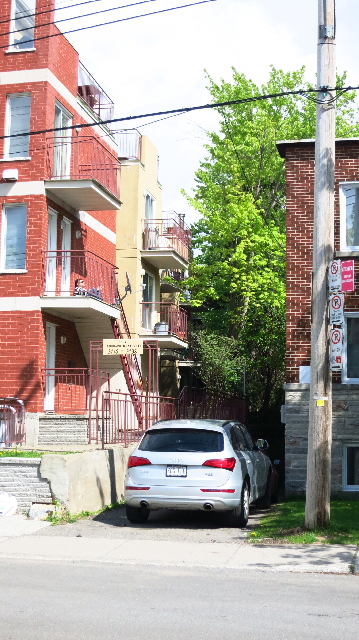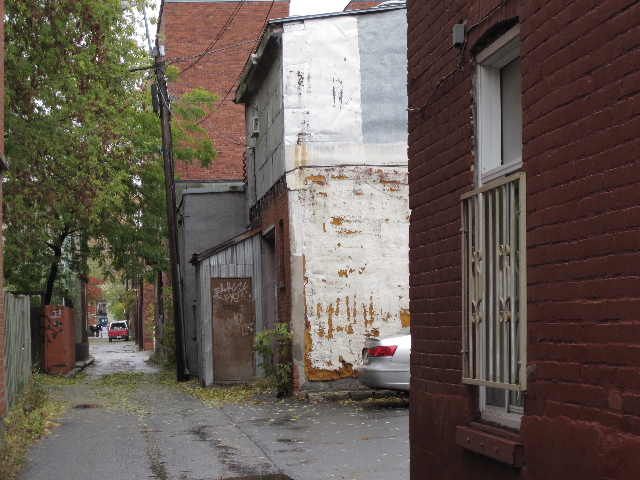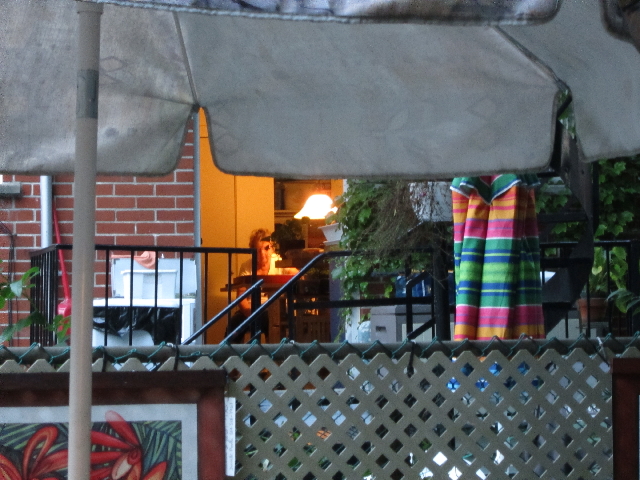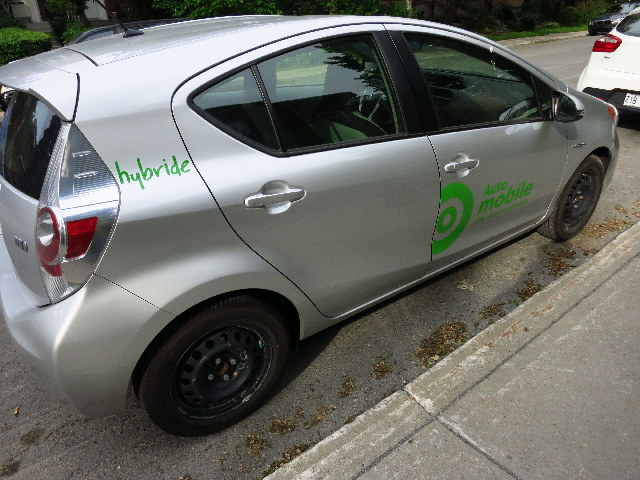Context
Of all human territorial manifestations the most vexing perhaps, in terms of trying to define, is the one of the Commons, inserted conceptually between the Private and the Public domains.
As conventionally accepted, the Private domain is strictly accessible to, and used by the few it belongs to; and the Public domain is accessible to, and used by all within certain civic-minded rules of behaviour.
The Commons as a distinct domain have a rural origin, being those parts of the privately owned lands made accessible to a category of users named “Commoners” as grazing area for their sheep and cattle, within certain rules of access and behaviour.
In current terms, and in urban context, the Commons are understood as The Square or The Green of real towns and villages, or their symbolic equivalent in planned community developments.
In the city, the Commons have been characterized by Barrie Greenbie (Spaces) together with Squares, Promenades and Parks, as “humane places that contribute to peace of mind.” As such, according to Gordon Cullen (Townscape), they are usually humanly scaled places, easily occupied and taken possession of with seats and protection from the weather, easily accessible with pathways, well defined spatially with focal points and other amenities that make them identifiable to certain historical, social and economic precincts of the city.
This however is not enough to go on. One needs a relational handle so to speak to develop a conceptual perspective for identifying these places.
I find the following quote to be quite “handy” (no pun intended) in this respect.
“What we hold together holds us together.” – Dixit a Mayor of Helena, Montana, as published long ago in Places: a Forum of environmental design.
This one liner, by a mayor of a large American city, not only captures the essence of the Commons as one of ethical and political group commitment underpinning socio-cultural identification with a place, but provides an experiential guide of sorts to places where one can be touched by a feel for, or have an experience of the Commons as places and situations in the City.
A sampler
Whereas Urban Commons may sometimes have a place name, they will always be possessed of a certain spirit, issued from the above-mentioned social and physical aspects, and characterized by a sense of shared group ownership, use, and identity that translates in mutual help for security and maintenance, mutual respect for privacy and mutual commitment to rituality.
The following is, briefly described, a sampler of places and situations that, after gaining familiarity with their pattern of use, seem to satisfy the criteria of the Commons.
In the particular Montreal urban environment the spirit of the Commons may be found in a shared access walkway, with a street name, across a bloc of surrounding townhouses.
At times a real street that is no longer one, but that has morphed into a semi public walkway passing in front of mixed social housing types that will have a Commons feel.
More conventionally, a portion of the Public domain reserved for symbolic or civic activities referred as the Town Green will embody the Commons.
Less conventionally, coming out of a subway station unto one of the newly created, public transportation related, places one will get a fragile sense of the Commons.
Check the “social and arts stage” near one of the city’s public markets, where a certain crowd will gather around a Commons reflecting a conscious self-image of urbanity and its patterns of sociability…
… or check the Temple Yard in Chinatown where prayers and meditation exercises in common can be held in open air, right along chow alley, mah jong tables and occasional political rallies.
Check this walkway, with the dubious private Commons name of “Court” written across the entry archway it crosses, and the adjoining side yards that have enough landscaping savvy to provide peace of mind to the sun seeking tenant on his balcony that doubles up as entry stair landing.
At the city bloc scale, the typical Montreal Ruelle, or common service alley running longitudinally in its middle, will reveal the various tenures of adjacent buildings that share it in common if not as a Commons.
At its most intimate scale the feel of the Commons may happen across backyards between neighbours on a summer evening when all doors and windows are kept open to catch a breeze for a bit of shared creature comfort … and catch the neighbour having coffee in her kitchen!
The most unassuming form of the Commons may yet be the much copied shared Bike system of Montreal (Bixi), or its four wheel equivalent (Communauto) whereby for a few bucks an hour or a day one can own-share in a piece of mobile Commons…environmentally friendly of course!
Discussion
Under the heading of Urban Field Notes I intend to report on my finding about the Commons in the city: their patterns of territoriality and the ethics and politics of their sociability based on the feeling they communicate for “being held together and holding together” in return their users.
The sampler will be used to develop each example, and others, as type and its variations in the City.
All photos credit Maurice Amiel

